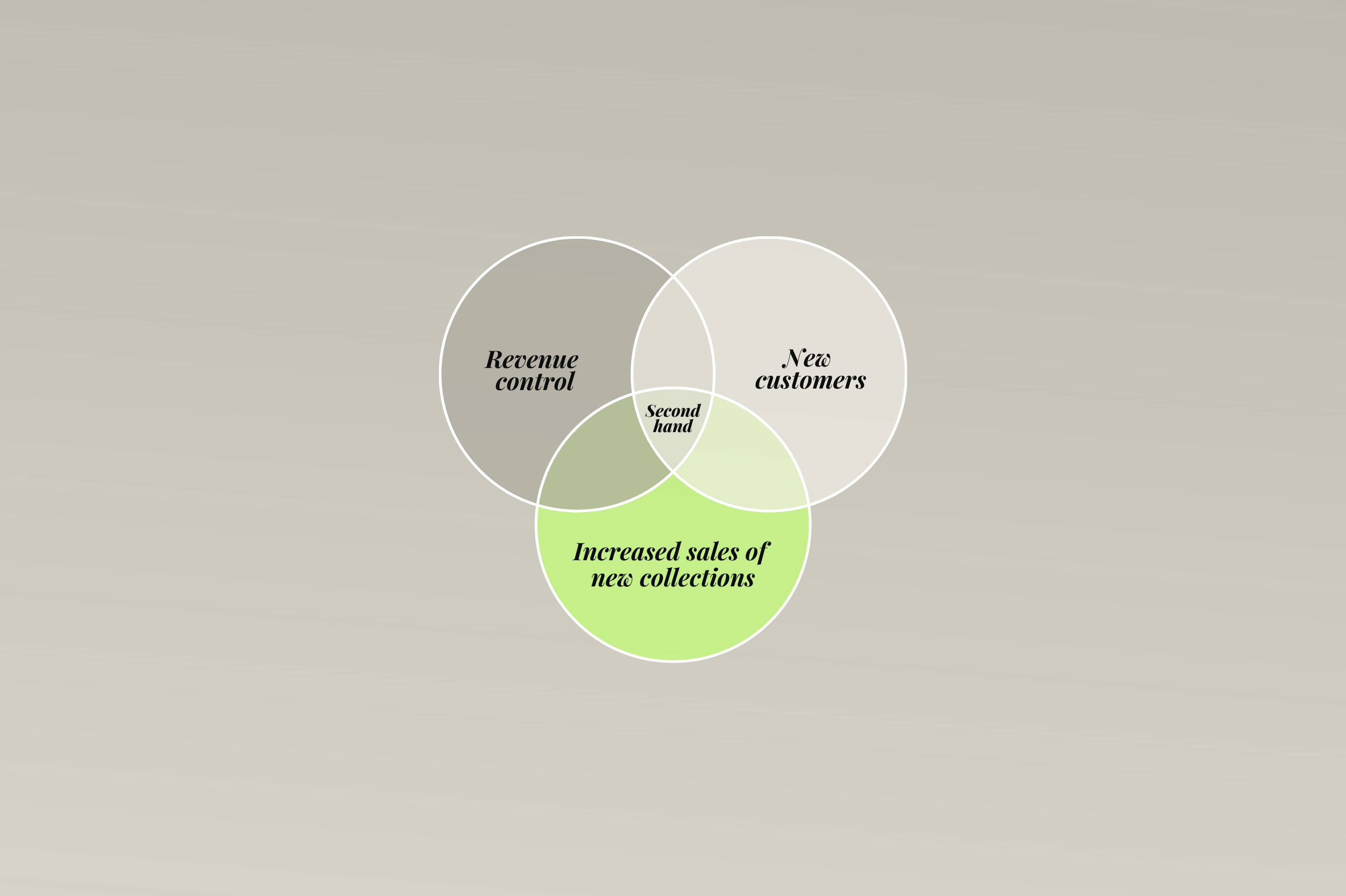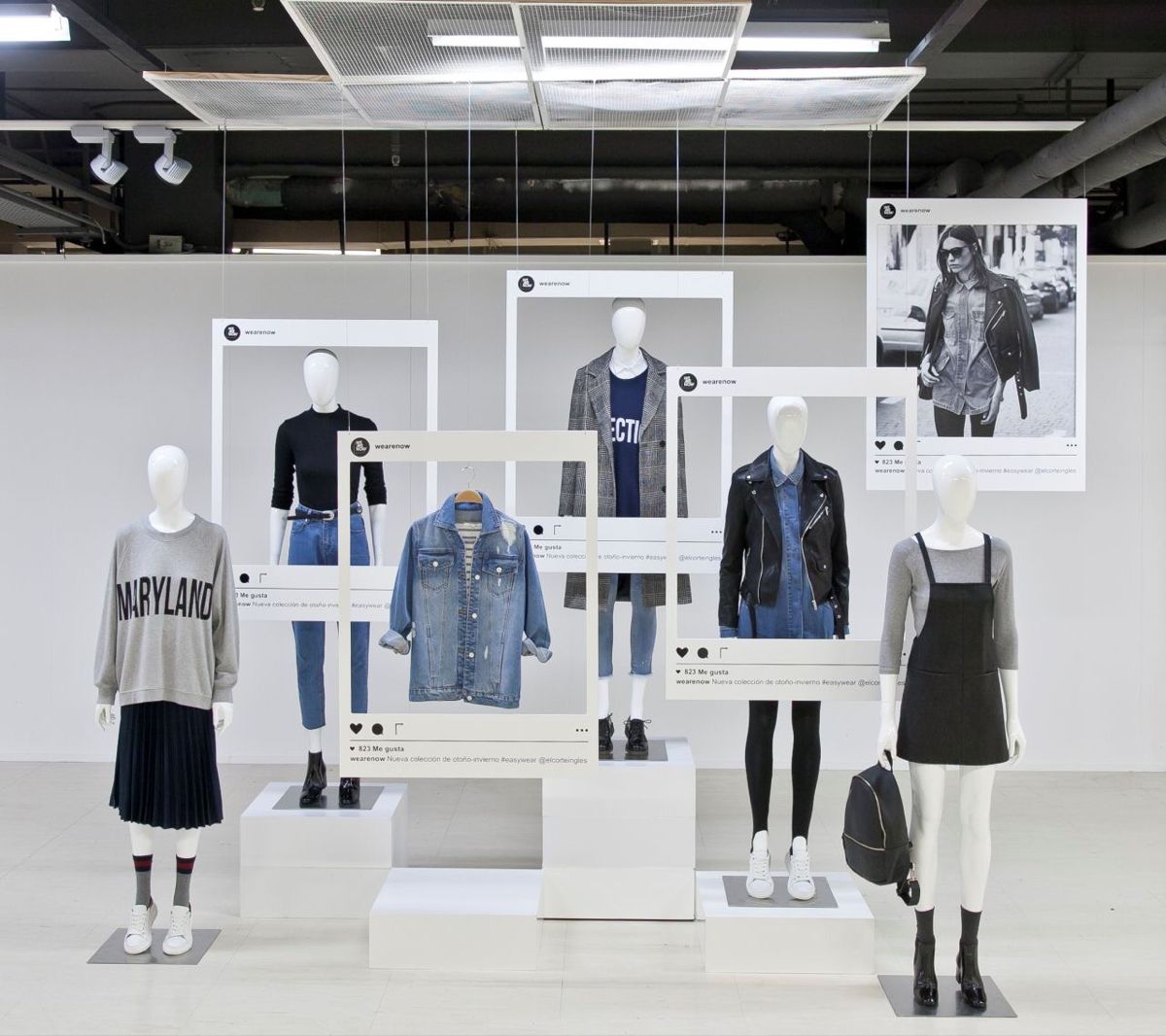Mapping a €26 billion market: second-hand scales up

In 2024, the European second-hand market will reach €15.9 billion. By 2030, it will be worth €26 billion, according to the KPMG study for the Circular Fashion Federation. An annual growth rate of 8.5%, much faster than that of new products.These figures do not indicate a passing trend. They outline a structural shift. And with it, practices, models and the roles of brands are being redefined.
From a good deal to an everyday habit
If second-hand has gained so much ground, it is primarily because it allows people to buy at lower prices. Price has always been the main driver, well ahead of environmental commitment. But what is changing today is that it is no longer seen as a fallback choice or a sacrifice. For millions of Europeans, it has become an accepted habit: a concrete way to consume differently without giving up style.Peer-to-peer platforms paved the way by democratizing this practice. Now, brands are expected to deliver something more demanding: qualitative, integrated experiences that align with their universe.
France as a pioneer, but for how long?
With €4.1 billion in 2024, France accounts for 26% of the European market. This leadership is driven by a favourable combination:
-a structuring regulatory framework (AGEC law, repair incentives),
-a fashion culture attuned to sustainable narratives,
-and pioneering brands (Sandro, Ami Paris, Lacoste, Maje, Soeur…).
But this lead is fragile. Other markets are gaining momentum, such as Germany and the Netherlands, with massive investments in product data and circular logistics.
“What holds some brands back is not a lack of will, but the fear of adding complexity to their model without any guarantee of profitability, especially in a strained economic context. Yet when well-structured, a second-hand programme becomes a true lever for profitable growth.”
— Aymeric Dechin, Faume
A distribution in transition
Even today, most volumes still go through peer-to-peer resale. These platforms, widely embraced by consumers, have brought second-hand into the mainstream. But while they appeal for their simplicity and low prices, they largely remain outside the brands’ reach: little control over the experience, little connection to the brand universe, little direct loyalty building.
At the same time, other models are emerging: take-back, refurbishment, resale orchestrated directly by the retailers themselves. These hybrid channels are not trying to replace C2C platforms, but to offer a more qualitative, curated alternative. They integrate into CRM systems, align with brand positioning, generate actionable data and strengthen customer relationships.
Behind the flows, a mine of insights
In 2023, nearly 63,500 tonnes of clothing were resold in France across all channels. One in three French consumers bought at least one second-hand item.
For brands, these flows are far from anecdotal. They reveal valuable signals: the average profit margin per refurbished item, the resale value by product category, the observed wear rate, which helps refine the quality of future collections.
These data also open up new relational perspectives: deepening customer knowledge, measuring circular purchase recurrence, maintaining the connection after resale. A wealth of actionable insights to better segment, optimise the offer, and extend the lifespan of the commercial relationship.
A new field of performance
These data are not just theoretical. They feed measurable operational levers: lower marketing acquisition costs, increased customer loyalty through vouchers, rejuvenation of the audience.
Well-structured second-hand also helps secure full-price sales: vouchers encourage repurchase without relying on discounts, reducing dependence on markdowns that erode margins.
It makes it possible to anticipate stock needs, optimise product life cycles, and maintain an active connection with customers who might otherwise drift away.
Far from fragmenting the strategy, it strengthens commercial momentum and loyalty.
Standards in transition
As the market evolves, expectations are rising: quality, traceability, UX. What was enough yesterday no longer is. Brands that want to establish themselves in this space must deliver smooth, demanding circularity on par with new products.It is this move upmarket, in both process and experience, that allows them to regain control.
Towards a new value logic
What the leaders are demonstrating is that a product is no longer valuable only in its first life. It becomes a circulating asset. Each resale is a touchpoint. Each lifecycle strengthens profitability, but also the connection with the community.Second-hand is not just an additional margin. It is a value trajectory. And this is where the new fashion economy is taking shape.It is already in motion. The question is no longer whether it will prevail—but who will lead it.
Stay ahead of the game!
Sign up to FAUME's The Secondhand Review newsletter
Read inspiring stories from brands that have successfully launched their secondhand businesses with FAUME







